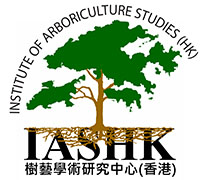plant with an embryo that has one single seed leaf cotyledon). Examples are grasses and palms (contrast with dicotyledon .
Monocotyledons (/ˌmɒnəˌkɒtəˈliːdənz/), commonly referred to as monocots, (Lilianae sensu Chase & Reveal) are grass and grass-like flowering plants (angiosperms), the seeds of which typically contain only one embryonic leaf, or cotyledon. They constitute one of the major groups into which the flowering plants have traditionally been divided; the rest of the flowering plants have two cotyledons and were classified as dicotyledons, or dicots.
| Monocotyledons Temporal range:
| |
|---|---|
| Diversity of monocots which includes wheat (Triticum), taro (Colocasia esculenta), date palm, (Phoenix dactylifera), Zostera marina, lily (Lilium), Pandanus heterocarpus, and ginger (Zingiber officinale) | |
| Scientific classification | |
| Kingdom: | Plantae |
| Clade: | Tracheophytes |
| Clade: | Angiosperms |
| Clade: | Monocots |
| Type genus | |
| Lilium | |
| Orders | |
| Synonyms | |
Monocotyledons have almost always been recognized as a group, but with various taxonomic ranks and under several different names. The APG III system of 2009 recognises a clade called "monocots" but does not assign it to a taxonomic rank.
The monocotyledons include about 70,000 species, about a quarter of all angiosperms. The largest family in this group (and in the flowering plants as a whole) by number of species are the orchids (family Orchidaceae), with more than 20,000 species. About 12,000 species belong to the true grasses (Poaceae), which are economically the most important family of monocotyledons. Often mistaken for grasses, sedges are also monocots.
In agriculture the majority of the biomass produced comes from monocotyledons. These include not only major grains (rice, wheat, maize, etc.), but also forage grasses, sugar cane, the bamboos, and many other common food and decorative crops.







